TMJ: How it Might Be Affecting You, And How to Find Relief

It can be awful to feel pain in your face and jaw, and it can be even more painful when you don't know what's causing it. The temporomandibular joint is often the source of facial pain for many of us. Your upper and lower jaw bones are connected by this hinge-like joint. When this joint isn't functioning properly, it may indicate that you have a TMJ or temporomandibular joint condition.
Your jaw may move forward, backward, and side to side thanks to this complicated joint, which is made up of a number of muscles, ligaments, discs, and bones. You may suffer pain and difficulty moving your jaw if something is wrong with your jaw joint. Knowing what symptoms to look for might help you better
understand TMJ and the type of treatment you'll require.
Temporomandibular joint disease is referred to as TMD. Any problem is referred to in this. TMD and TMJ are frequently used interchangeably.
TMJ Disorder develops when the muscles and ligaments surrounding your jaw joints experience inflammation or irritation. The disorder may be acute or chronic, and the resulting pain may be minor or severe.
TMJ symptoms
A temporomandibular joint problem might be the cause of any of the following symptoms:
- Your jaw may hurt or feel sore.
- Your shoulders or neck may hurt
- Your face hurts or you feel exhausted
- An increase in facial swelling.
- An earache or pain nearby
- discomfort when biting or while chewing
- Toothaches
- Headaches
- Dizziness
- Ringing in the ears or difficulty hearing (tinnitus)
- Difficulty opening or closing your mouth due to a locked jaw
- When you open and close your mouth, you feel a clicking or grating sensation
Causes and risk factors for TMJ and jaw pain
The signs of temporomandibular joint and nerve pain are typically simple to identify, however, it might be challenging to pinpoint the source of your suffering. Your medical professional or dentist might be unable to identify the source of your TMJ problem. A TMJ issue can, however, develop in the following circumstances:
- Joint cartilage degradation from arthritis
- Jaw disc deterioration
- A hard impact or a jaw injury like whiplash
- Teeth clenching or grinding (chronic)
- You tense your facial and jaw muscles as a result of stress or anxiety
- Bad posture
- Invisalign braces
- Excessive chewing of gum
- Temporomandibular joint-related connective tissue disorders
How is a TMJ disorder identified?

TMJ dysfunction is typically identified during a dental examination. Your medical professional will:
- When you open and close your mouth, pay attention to the range of motion.
- Try pressing on your cheek and jaw to feel for sore spots.
- As you open and close your mouth, feel the area surrounding your jaw joints.
Radiographs (X-rays) can also be used to evaluate the jaw joints and assess the degree of damage. These may consist of:
360-degree X-rays. This kind of dental X-ray provides a comprehensive picture of your teeth, jawbone, and TMJs.
CBCT imaging. Cone beam computed tomography (CBCT) scans of your teeth, jaws, facial bones, and sinuses provide thousands of images. A detailed 3-D image is created by stitching together these images. Dental CT scans provide your doctor with a more thorough understanding of your facial structure.
MRI tests. Magnetic resonance imaging (MRI) may be utilized in specific circumstances to examine the soft tissues in and around the jaw joints. These images display the disk's location, inflammation, and any potential jaw locking. This might help your doctor determine whether the TMJ disc is healthy and working appropriately.
For additional care, a specialist may be referred to you.
What are the treatment options for TMJ Pain Relief?
Simple self-care techniques, conservative therapies, injections, and open surgery are all forms of treatment. The majority of medical professionals concur that conservative, nonsurgical therapy should be tried first and surgery should only be used as a last resort. The sections below will go through a range of TMJ therapies.
Which non-surgical TMJ therapies come to mind?
Your healthcare professional will likely suggest conservative therapy choices first if you have been diagnosed with TMJ disorder. To relieve TMJ pain, many of these treatments can be used in tandem:
Utilize cold or hot packs that are moist. For immediate pain relief, place an ice pack on the side of your face and near your temples. Exercise your jaw with a few straightforward stretches (as instructed by your healthcare provider). After working out, spend about five minutes massaging the side of your face with a warm washcloth or towel. Several times a day, perform this.
Eat soft foods. Eat soft meals like yogurt, mashed potatoes, cottage cheese, soup, scrambled eggs, salmon, cooked fruits and vegetables, beans, and grains to prevent your jaw from working overtime. Avoid chewy meals as well as foods that are hard, crunchy, or raw, such as hard rolls, pretzels, and raw carrots (like caramels and taffy). Avoid using the gum.
Take medicine. Try over-the-counter nonsteroidal anti-inflammatory medicines, such as aspirin, ibuprofen, or naproxen, to reduce discomfort and swelling. Anti-anxiety medications can ease stress, which is sometimes thought to make TMJ symptoms worse. A low
Wear a night guard or a splint. The mouthpieces known as splints and night guards are worn over the upper or lower teeth. The mouthpieces, when worn, offer secure tooth contacts during closure. By shifting your jaw into a better posture while being worn, mouth guards can help improve your bite. The key distinction between night guards and splints is those night guards are only worn at night whereas splints are worn continuously. Which type of oral appliance you might require can be determined by your healthcare provider.
Try dental procedures for correction. In order to restore the balance and alignment of your bite, these treatments may involve replacing missing teeth or utilizing braces, crowns, or bridges.
Keep your jaw from moving too much. Don't yawn or chew excessively, for instance.
Avoid holding the phone between your shoulder and ear or resting your chin on your hand. Reduce neck and facial pain by maintaining excellent posture.
As often as possible, keep your teeth slightly spaced apart to ease pressure on the jaw. Place your tongue over your top front teeth on the palate to prevent clenching or grinding during the day.
The best way to manage jaw tension is to learn relaxation techniques.
What are the alternatives for TMJ joint pain treatment?
Your healthcare professional might advise one or more of the following if conservative measures are unsuccessful:
Electrical stimulation of the transcutaneous nerve (TENS). By relaxing the muscles in your jaw joint and face, this therapy uses low-level electrical currents to alleviate pain. TENS treatments can be carried out at home or at the office of your doctor.
A trigger-point injection. To treat painful trigger points in the face muscles, painkillers are injected into the affected areas.
the use of radio waves. Low-level electrical stimulation with radio waves causes the joint to swell, relieving TMJ symptoms by boosting blood flow.
a botulinum toxin. Both muscle mass and inflammation are decreased by these injections.
When should you think about having TMJ temporomandibular joint surgery
Only after all other forms of treatment have failed and there are still TMJ jaw problems, may TMJ surgery be considered. The best option for many patients is TMJ surgery, but it's crucial to consider all of your alternatives and make a well-informed choice.
Especially if it comes and goes, jaw pain might not seem to be a major concern. TMJ dysfunction can significantly impair daily activities including speaking, chewing, and biting, though, if left untreated. Make an appointment with our doctor for
TMJ care Illinois if you suspect you may be experiencing TMJ symptoms. The problem can be managed and your overall quality of life can be enhanced with prompt treatment, speak with our doctor so we can help you evaluate your treatment options for TMJ.
CONTACT INFORMATION
Phone: (630) 305-7914
Email: frontdesk@suburbantmjcenter.com
Address: 1309 Macom Drive, Suite 107
Naperville, IL 60564
CONNECT WITH US
All Rights Reserved | Website Designed By: Morningdove - Accessibility Statement











